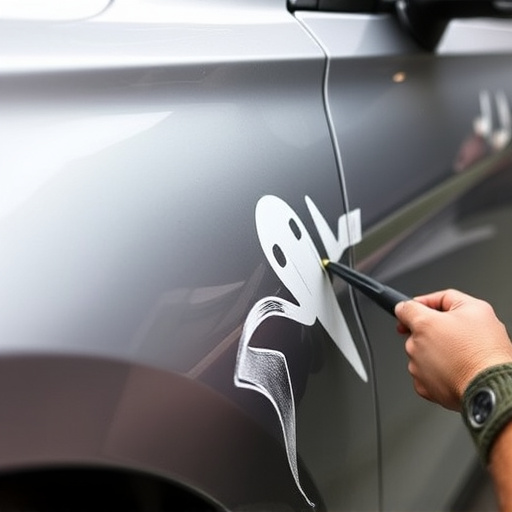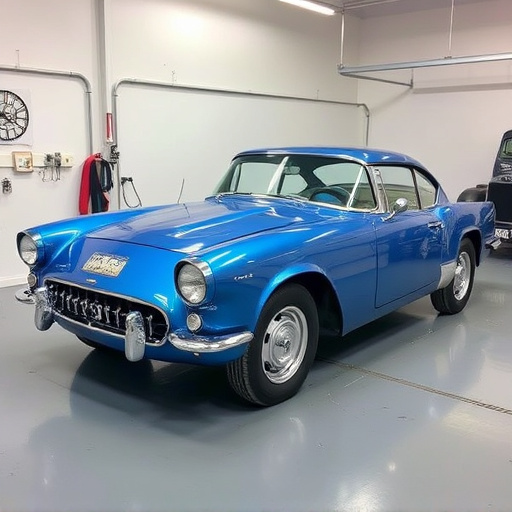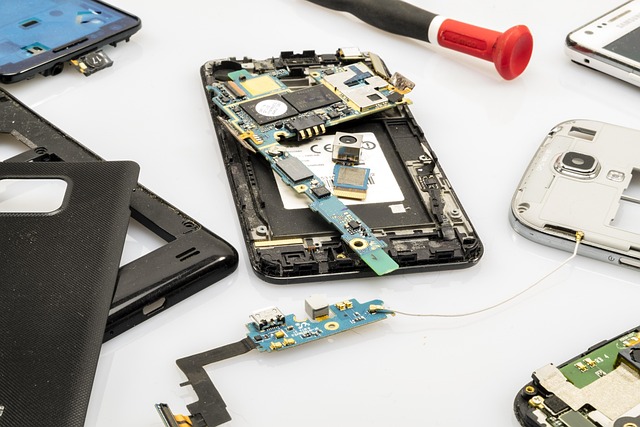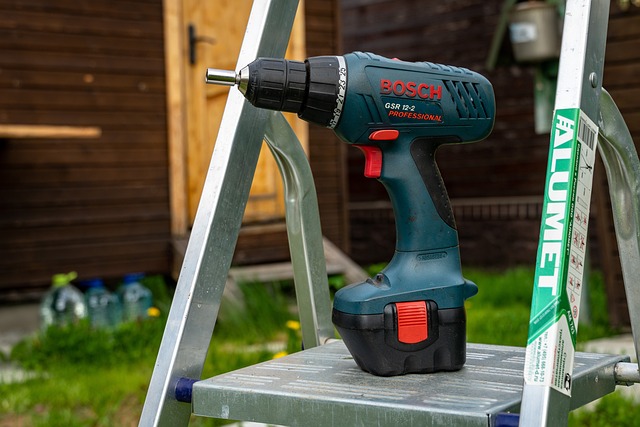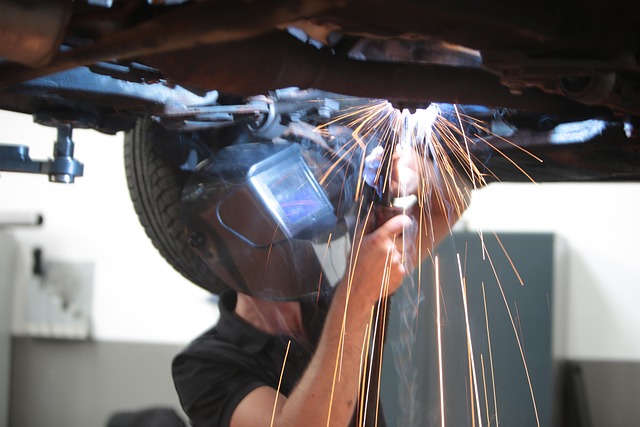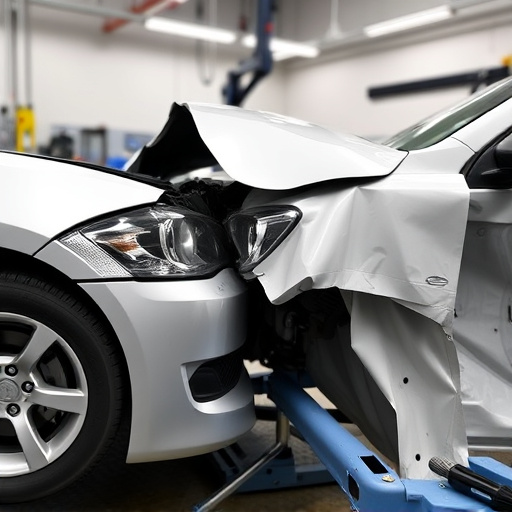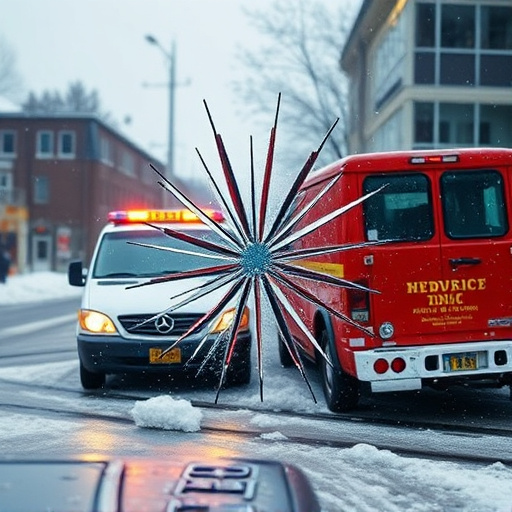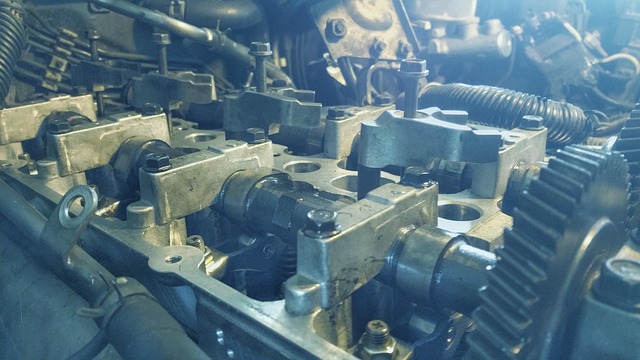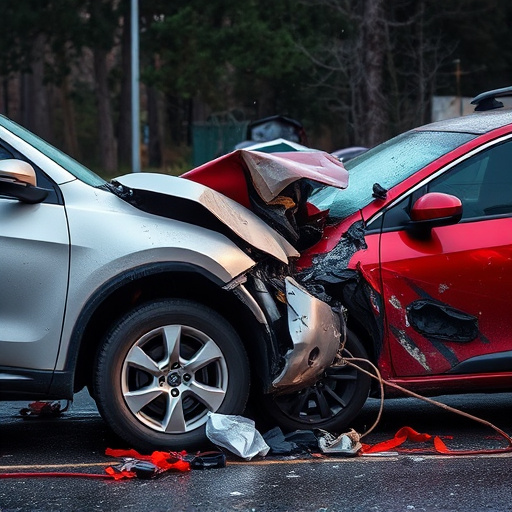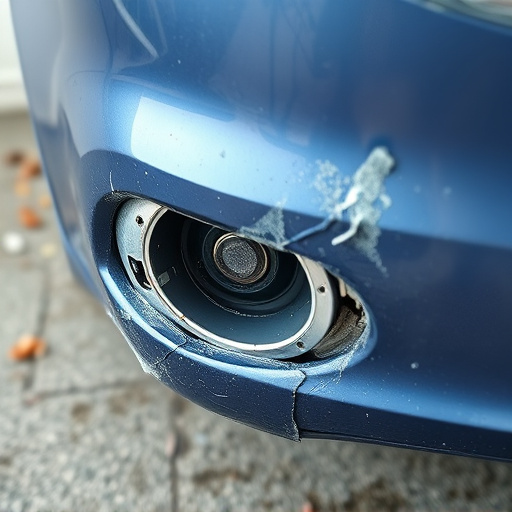Effective primer surfacer application is a critical pre-repair step in car scratch restoration and vehicle maintenance. It requires proper surface preparation (cleaning, sanding, masking), even coverage using tools like spray guns or brushes, and precise drying according to manufacturer recommendations. Key steps for navigating insurance claims include gathering estimates from reputable auto collision centers, immediate contact with insurers, open communication with both the repair shop and insurer, and adherence to recommended application guidelines to avoid common errors that can lead to peeling, blushing, and compromised finish quality.
In the realm of construction and home improvement, understanding the intricacies of primer surfacer application is paramount. This article serves as a comprehensive guide, offering a step-by-step exploration of the process. We delve into the best practices while navigating insurance claims for potential failures, highlighting the importance of proper management. By mastering the art of primer surfacer application, folks can ensure durable results and avoid common pitfalls that may lead to costly repairs or delays. Embrace this knowledge as a game changer in your next project.
- Understanding Primer Surfacer Application: A Step-by-Step Guide
- Navigating Insurance Claims for Primer Surfacer Failure
- Best Practices and Common Pitfalls in Primer Surfacer Management
Understanding Primer Surfacer Application: A Step-by-Step Guide

Understanding Primer Surfacer Application: A Step-by-Step Guide
The primer surfacer application process is a crucial step in car scratch repair and vehicle restoration, serving as a foundation for any subsequent painting or collision repair work. This meticulous procedure involves several key steps to ensure optimal results. Begin by thoroughly cleaning the damaged area, removing any dirt, grease, or debris with specialized cleaners and microfiber cloths. Once the surface is pristine, lightly sand it to create a slightly rough texture that aids in adhesion.
Next, mask off surrounding areas not needing repair using tape or wraps to prevent overspray. Apply the primer surfacer evenly using a spray gun or brush, ensuring full coverage of the damaged zone. Allow the primer to dry completely according to the manufacturer’s instructions before proceeding to the next stage of your vehicle restoration project, whether it’s touch-up painting or collision repair.
Navigating Insurance Claims for Primer Surfacer Failure

Navigating insurance claims for primer surfacer failure can be a complex process, but understanding the steps involved ensures a smoother journey. When a primer surfacer—a crucial layer in auto bodywork and restoration—fails due to manufacturing defects or improper application during a primer surfacer application, it’s important to know your rights and the procedures to follow.
The first step is to gather all necessary documentation related to the repair, including estimates from reputable auto collision centers or auto maintenance facilities specializing in auto bodywork. These documents will be vital when submitting your insurance claim. Contacting your insurance provider promptly is essential; they should have a dedicated team to guide you through the process. They will assess the damage and determine coverage based on your policy terms. It’s crucial to maintain open communication with both the repair shop and your insurer to ensure all aspects of the auto bodywork repairs, including primer surfacer replacement, are accurately documented and approved by the insurance company.
Best Practices and Common Pitfalls in Primer Surfacer Management

In managing primer surfacer application for auto bodywork and vehicle collision repair, best practices involve ensuring a clean and prepared surface before application to achieve optimal adhesion. Proper mixing and application techniques are crucial; use appropriate tools like spray guns or rollers to apply an even coat without overloading or under-applying. Regular breaks during application help maintain precision and prevent fatigue.
Common pitfalls include inadequate preparation of the surface, leading to poor adhesion and eventual peeling. Overuse or incorrect usage of primer can result in excessive buildup, hiding potential issues beneath and complicating future repairs. Moreover, failure to allow sufficient drying time between coats can cause blushing, affecting overall finish quality in automotive repair. Staying within recommended application guidelines is vital for successful, lasting primer surfacer application.
The efficient management of primer surfacer application and insurance claims is vital for any construction project’s success. By understanding the step-by-step process, navigating potential failures, and adopting best practices, professionals can minimize delays and costs associated with repairs. Familiarity with these processes ensures a smoother journey, allowing projects to stay on track and within budget. Optimizing primer surfacer management is key to achieving high-quality results and maintaining client satisfaction.
